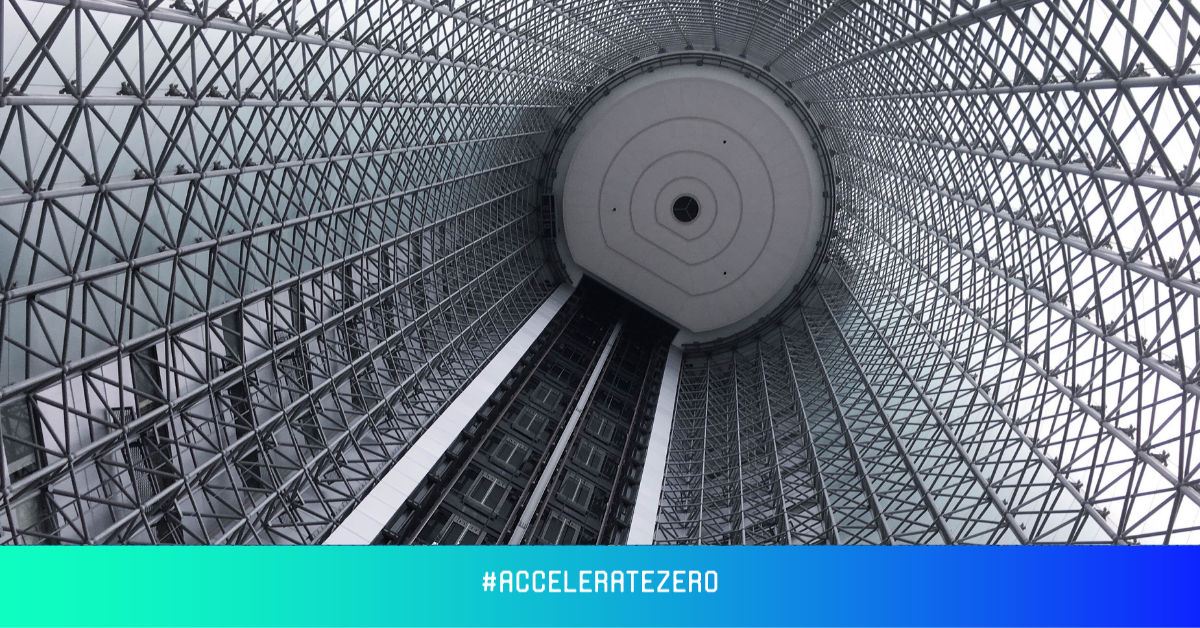Oct 11, 2021 8:41:05 PM
Editorial Team

Circular economy provides a framework to design out waste and pollution, maximise value from resources using closed-loop systems, and regenerate natural systems. This framework offers significant economic, social, and environmental benefits, and will be a key strategy in meeting emissions reduction targets and aligning to the Paris Agreement.[1],[2]
Achieving a circular economy requires systemic transformation and participation from a range of actors across society. Councils have several levers they can pull to support the transition either directly or indirectly via creating the enabling conditions for a circular economy to thrive. These levers include setting a strategic direction, engaging and convening stakeholders, managing urban spaces and built assets, procuring products and services, providing economic incentives, and setting regulations.[3]
A cohort of regional councils on the East Coast of Australia is making strides on their transition to circularity. Their vision for the Hunter and Central Coast is to be “Australia’s leading regional circular economy – a thriving place for people, planet and the economy.” Their ambitions sit in the context of a dominant part of their region’s economy long being thermal coal mining and export, energy-intensive manufacturing, and supplying electricity to Australia’s East Coast grid. However, with decreasing global demand for coal amidst climate change action, the region’s local and state governments strongly support moves to diversify the economy to build long-term economic resilience and support future-focused local jobs.
In pursuit of a thriving and low-carbon circular economy, the Hunter Joint Organisation and a few champions, Local Governments have begun wielding most of the levers at their disposal to accelerate the transition to a circular economy for their region. For example, they’ve undertaken a material flow analysis of their waste streams, mapped the local ecosystem of businesses, not for profits and research institutions operating in the circular economy space, and piloted incorporating recycled materials in civil works.
In pursuit of a thriving and low-carbon circular economy, the Hunter Joint Organisation have undertaken a material flow analysis of their waste streams, mapped the local ecosystem of businesses, and piloted incorporating recycled materials in civil works.
Edge Environment has supported this motivated region on their journey to circularity on several projects, including developing life cycle analysis tools to assess the impact of using recycled materials in roads and buildings, delivering an education session on circular design for school students, developing a circular economy roadmap to knit together the region’s great progress and provide strategic direction for the next two years. Plus, we’ve just commenced the development of a procurement framework to assist councils across the region in assessing and purchasing products with recycled content.
A key initiative on the Hunter and Central Coast’s circular economy roadmap is developing a circular economy metrics strategy to measure impact and track progress in their transition to circularity. While we await these measured results, the impact of all this activity to drive a circular economy in the Hunter and Central Coast can already be seen with examples of new innovative local businesses and not-for-profits offering products and services that support decarbonisation and the cycling of materials popping up and gaining traction. It’s an exciting time for the Hunter and Central Coast region – Edge Environment looks forward to seeing continued progress here and building momentum in other regions of Australia and New Zealand.
***
This article was written by Jess Braun, Circular Economy Consultant at Edge Environment.
[1] Circle Economy, The Circularity Gap Report 2021
[2] Ellen MacArthur Foundation and Material Economics (2019), Completing the Picture
[3] Ellen MacArthur Foundation, City Policy Levers